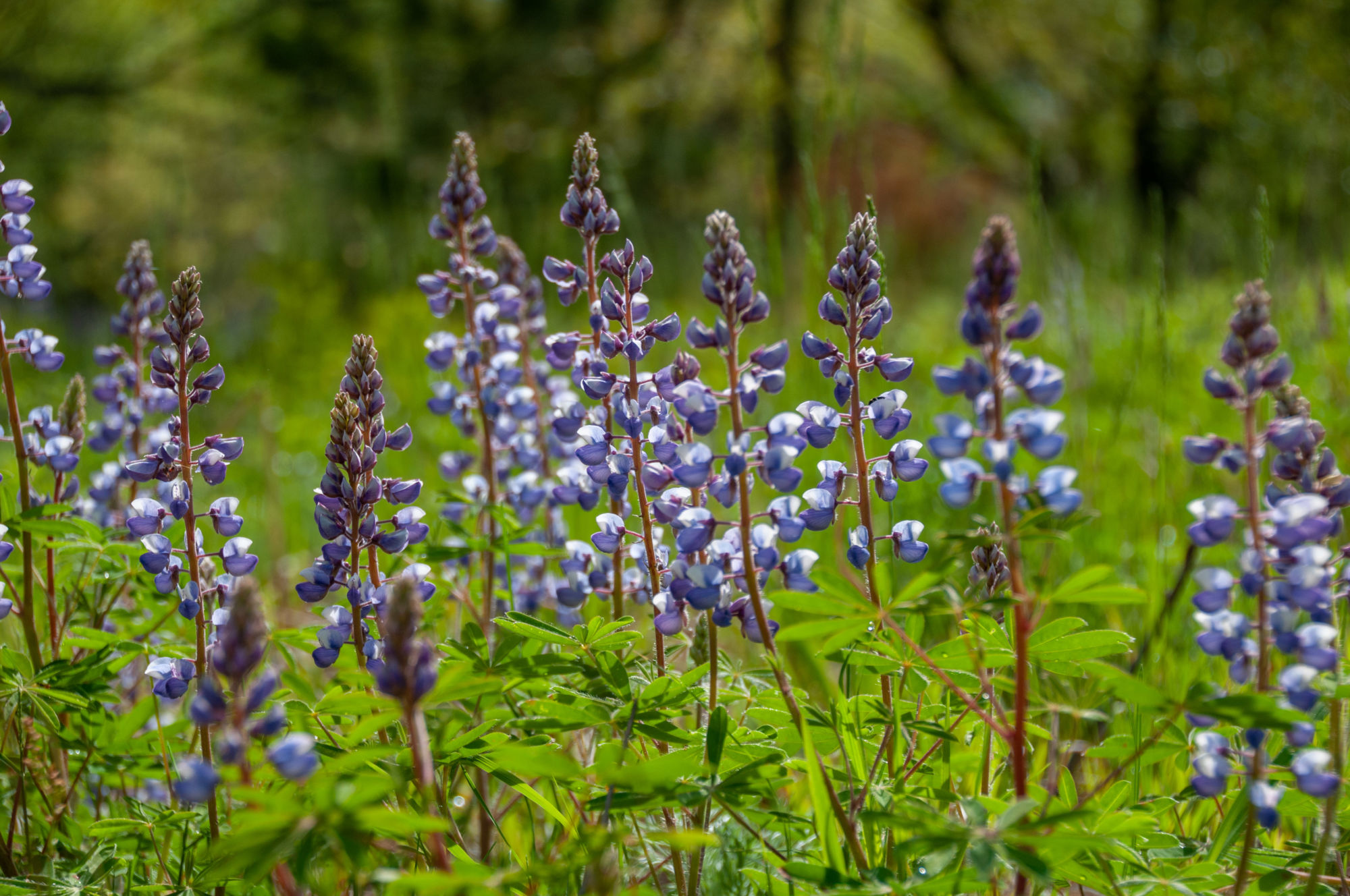
Frequently Asked Questions
Owning a conservation easement-protected property comes with many benefits, but it also comes with a lot of questions. We’ve prepared some answers to frequently asked questions below to help you out!
You are always welcome and encouraged to contact Land Conservancy of West Michigan staff with any questions you have.
How do I get started with a conservation easement?
We first ask that you determine whether your property meets the Land Conservancy of West Michigan’s (LCWM) minimum criteria for protection. From a size perspective, we require a minimum of 10 acres for urban properties and 30 acres for rural properties. The property will also need to be considered a priority according to our Strategic Conservation Plan.
Then, we ask that you consider the costs and potential benefits associated with conservation easement (CE) donation, and if it is right for you and your family.
Once you have determined that those critieria are met, reach out to our Land Protection staff so we can begin our evaluation of the property! You can find our updated contact information here. Alternatively, you can use this form to submit your project.
What are the costs associated with granting a conservation easement?
When considering a CE donation, it is important to consider the investment required by you, the landowner.
First, this process will take a significant investment of time. Most CE projects take at least a year to complete, and complicating factors may extend that timeframe.
From a financial perspective, your property’s value likely includes rights that will be restricted with the CE. This may have an effect on the value of your property. If your property value were to decrease following the recording of a CE on your property, you may be eligible for a federal income tax deduction based on your donation to LCWM (a 501(C)(3) non-profit organization). To determine the value of the donation, the donor would need to commission a qualified appraiser following the CE donation. Please note that LCWM cannot provide individualized tax, financial, or legal advice and cannot guarantee an income tax deduction. We recommend that all donors consult a qualified tax, financial, and/or legal professional to fully understand the financial considerations involved with donation of real estate interests. As a result, in addition to the potential change in value of the property and the potential appraisal, the donor of the CE may have costs associated with attorney representation, property survey, tax assistance, and/or related costs.
Lastly, LCWM must consider its ability to protect your property perpetually. In doing so, LCWM must budget for costs associated with establishing the CE, monitoring the CE, and legally defending the CE in perpetuity. To do this, LCWM establishes a Stewardship Investment Fund to cover the costs of managing and defending the CE. LCWM requests that the CE donor provides a contribution (an amount calculated by LCWM prior to formal project approval) to the Stewardship Investment Fund. This contribution is considered a donation to the organization and is therefore tax-deductible.
What kind of tax benefits come with a conservation easement?
When you protect your property with a conservation easement, you may be eligible for some tax incentives. The value of these incentives varies depending on a number of factors. Please reference IRS Section 170(h), Michigan Public Act 446, and work with an accountant or real estate law professional to determine which benefits apply to you. The Land Conservancy of West Michigan does not provide tax, financial, or legal advice.
What is the Conservation Easement Stewardship Investment Fund?
LCWM must consider its ability to protect your property perpetually. In doing so, LCWM must budget for costs associated with establishing the CE, monitoring the CE, and legally defending the CE in perpetuity. To do this, LCWM establishes a Stewardship Investment Fund to cover the costs of managing and defending the CE. LCWM requests that the CE donor provides a contribution (an amount calculated by LCWM prior to formal project approval) to the Stewardship Investment Fund. This contribution is considered a donation to the organization and is therefore tax-deductible.
I want to restore the natural habitats on my property. How can I get started?
The first step is to reach out to LCWM staff so we can review the conservation easement document and discuss goals and wishes for the restoration work. Restoration on conservation easement-protected properties will need to be outlined in a professionally prepared plan for LCWM to review and edit as needed. LCWM staff will work with the landowner and any relevant contractors during the entire process as needed. LCWM can also provide a list of applicable natural resource professionals, partners, and possibly cost sharing to help landowners achieve these goals.
I want to establish a forest management plan for my property. How can I get started?
Landowners with forested land can explore forest management plans (FMP) as an option if the conservation easement allows for such actions. As with any ecological restoration, the first step is to contact LCWM staff to review and discuss conservation easement requirements, FMP goals, and other details. The FMP will need to be drafted by a forestry professional and submitted to LCWM staff for review and needed edits. It is very helpful to include the LCWM with any discussions and negotiations with the FMP team during this process.
The primary goal of FMPs on LCWM properties is forest health and protecting conservation values long term. A well-drafted FMP is used as a tool for management goals. While there are often financial incentives in timber value, and LCWM understands that value can help achieve conservation goals, financial incentives are not the main motivating factor in FMPs on conservation easement-protected lands.
How can I establish trails on my conservation easement-protected property?
The right to create and maintain trails will be outlined in each property’s conservation easement document, as well as the LCWM maps and documentation files. Each property and conservation easement is different, and the amount, location, and establishment of trails will vary. To establish new trails, landowners should first contact LCWM to ensure the conservation easement allows new trails and review any potential trail plans and layouts. Plans and layouts can be edited as needed and new trails constructed after approval, and LCWM can help with contractors or questions during the process.
How can I establish a homestead on my conservation easement-protected property?
Each conservation easement is different regarding the amount of homesteading allowed and where activities can take place. Most conservation easements allow for (or have established) a building envelope area that has fewer restrictions than the natural area, allowing for residential uses such as homesites, outbuildings, gardens, etc. If you are interested in establishing a homestead on your conservation easement-protected property, first reach out to LCWM staff to discuss the site, type, and amount of homesteading for a property. If your conservation easement does not have such an area established, LCWM staff can work with you to establish a building envelope area and define possible uses.
I want to make a change to my conservation easement. How can I do this?
Conservation easements are a permanent document tied to a property’s deed and are not easily changed. Some changes are not allowed, but sometimes an amendment may be required on a case-by-case basis to alter a conservation easement document.
To start the process, reach out to LCWM staff to discuss the proposed change. LCWM will follow an amendment policy to ensure proper oversight, risk assessment, compliance with donor intent and relevant laws, and protection of conservation values. The proposed change will be reviewed by both LCWM staff and the board of directors, and if approved, will require legal review, surveys/documentation, and administrative costs to be covered by the landowner.
What happens if I violate the agreements of the conservation easement on my property?
LCWM staff monitors all conservation easements at least once per year, and any possible issues will be documented and discussed with landowners. Sometimes an action happens that threatens the conservation values or violates the conservation easement terms, and the landowner is ultimately responsible for ensuring these values are protected and the conservation easement is adhered to.
LCWM follows a violation policy when these issues arise. This includes steps such as documentation, reviewing and approving needed mitigation plans, and monitoring over the long term to ensure the issue is resolved. While very rare, sometimes a violation can elevate to possible legal action as the LCWM is legally obligated by the IRS and the Land Trust Alliance to ensure the conservation easements on properties are followed as written and conservation values remain protected. However, LCWM strives to first partner with landowners, helping them understand the conservation easement and the restrictions (and opportunities) it presents, including how to resolve any issues respectfully and cooperatively.
Can I enroll my property in other tax programs?
Landowners are welcome to explore additional tax-saving conservation programs such as the Qualified Forest Program or USFWS Partners and Wildlife program. Many of these programs’ goals align well with those of the LCWM and the landowner, however not all of them do. Any program should be discussed with LCWM staff before enrolling to ensure conservation easement compliance and sustainability into the future. LCWM can work with professionals and partners in these programs to craft the agreements to meet the conservation easement and land trust requirements, monitoring, and future changes.
Contact Us!
We are here to answer all of your questions! Call us at (616) 451-9476 or click the link below to get in touch.



